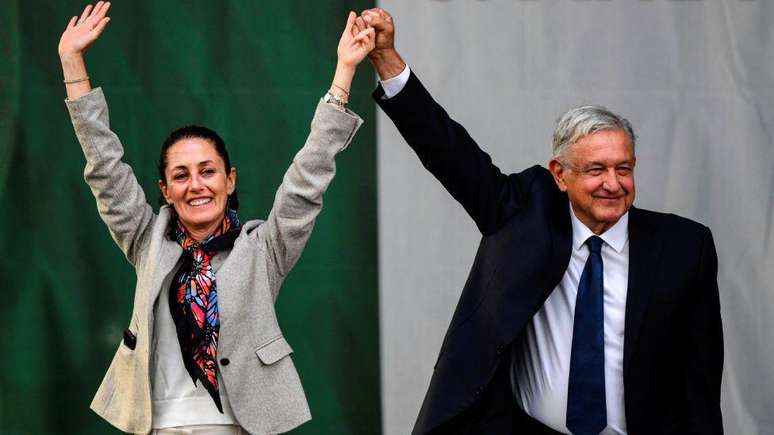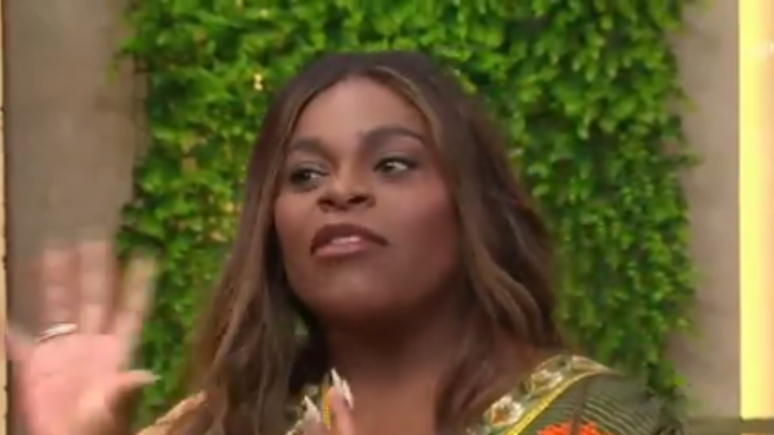The winner of the Mexican presidential election has a different personality, style and political profile than the current president, but there are doubts about the influence AMLO will exert in the future administration.
During the Covid-19 pandemic, there was a lot of talk in Mexico about the use of masks to avoid contagion, as President Andrés Manuel López Obrador refused to wear them, while his ally and then mayor of Mexico City – and now winner of the presidential election – Claudia Sheinbaum, used them.
She, with a scientific mind, took them everywhere; almost always in fabric, with a floral print. He, however, appeared without a mask, partly out of skepticism, partly because he had had an early infection and believed himself already immune.
And they posed in the same photo. And the Mexicans wondered if there would be a rupture.
But the head of the capital’s government was clear: “They will never find a conflict between me and the president.”
“We may or may not agree with the use of masks, but we are part of the same transformation project; there will be things that he thinks one way and I think another, but we agree with the transformation project of the Village”.
The differences and similarities between Claudia and AMLO, as the two are known in Mexico, have been a recurring theme in recent years, especially after it became clear – after a fierce internal dispute – that she would be the ruling party’s candidate .
Many argue that they are the same thing: that she is a “shadow”, a “pawn” of the popular and charismatic president. Others, however, underline that, from their origins to political thought, they are diametrically different.
One of Sheinbaum’s most prominent campaign slogans was “brand continuity.”
The candidate has proposed a plan that follows the parameters of the AMLO government, but with greater emphasis on the issues that interest her: climate change and the energy transition, for example.
Sheinbaum benefits from a stable economy, a situation of critical insecurity and an environment of polarization in the world of media and politics. Even though AMLO has said he will retire, some doubt he will stop giving orders.
“I will govern with the same principles and we will have our own goals,” Sheinbaum said in a recent BBC interview.
No one can say for sure what their relationship will be like now. Maybe not even them. Judging by his handling of the pandemic, the presidential hierarchy and his technocratic profile, Sheinbaum will likely have autonomy.
“There is an obvious tension because they are different,” says Arturo Cano, a journalist and biographer of the president-elect. “But they share a project and you will gradually decide what style to impose on her mandate.”
While time decides what the relationship will be like, we list below what exactly differentiates and resembles Mexico’s president-elect from his predecessor.
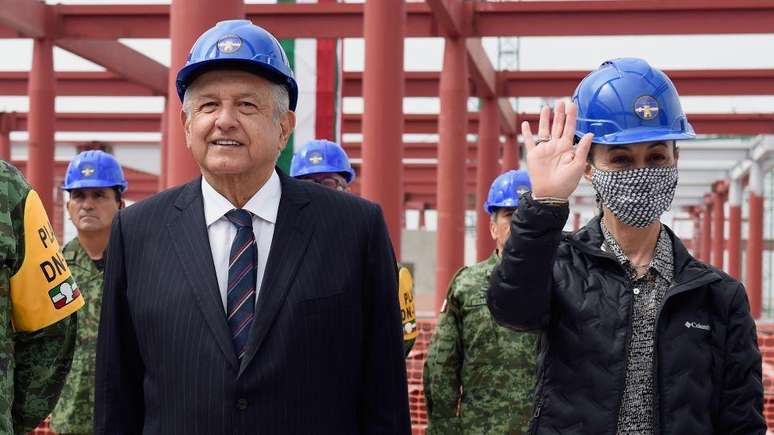
How I am physically
As Sheinbaum’s statement on the mask episode suggests, the great coincidence between them is their attachment to the so-called Fourth Transformation, a project that aims to reduce poverty and inequality and generate development in the most abandoned regions.
It is a plan as ambitious as Independence, the liberal reforms of the 19th century and the Mexican Revolution.
And on this, well, I agree: despite belonging to different lefts, he is evolutionary and she is progressive, Sheinbaum and AMLO are part of the same ideological spectrum, the so-called “Mexican humanism”.
It’s a trend focused on serving the most vulnerable. Its banner is social justice, it includes liberal and nationalist elements of the Mexican Revolution and seeks to protect, above all, human rights.
This is why Sheinbaum, although different from AMLO, has been close to him during his 25-year political career.
Not only during AMLO’s mayoral term in Mexico City, between 2000 and 2006, but also at the base of the Party of the Democratic Revolution, a movement born in the 1990s as a left-wing alternative to the discredited Institutional Revolutionary Party (PRI) . it originated during the revolution of the early 20th century.
That is: even though she is 61 and he is 70, they emerged politically from the same historical context, which sought to reclaim the liberal legacy of the revolution, opposing the party of the revolution.
And that is why, for the last two decades, they have jointly opposed the right-wing neoliberal projects that governed the country between 2000 and 2018. Together they also created a party that has now become the most popular in the country. , the National Regeneration Movement (Morena).
So popular that, for many critics, it is as hegemonic and authoritarian as the PRI was for much of the 20th century.
For the opposition, Sheinbaum is like AMLO in that he governs with “lies” and at the expense of democratic principles, wanting to co-opt key entities such as the electoral and judicial power.
To do this, they cite episodes of his administration in city hall, when he had to face the opposition, the press and some civil groups. Criticisms that the now elected president rejected.
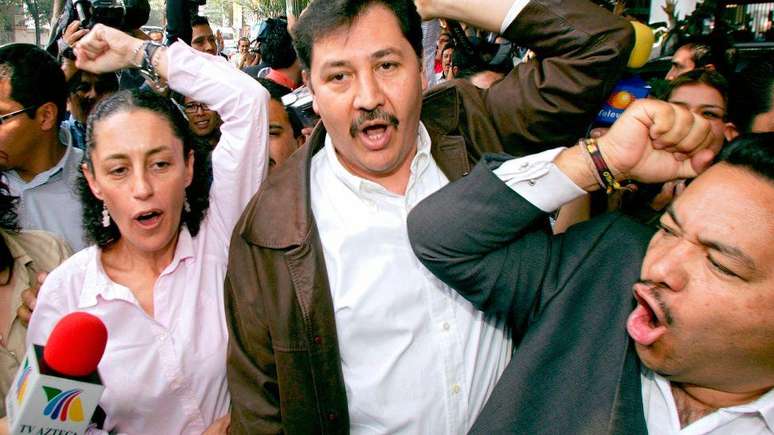
How do they differ?
If Sheinbaum and AMLO share a political project, the two differ in almost everything else.
Starting from his personality: he is extroverted and bombastic; she is shy and laconic. She fits the stereotype of the 20th century populist leader; you, as a public official with technical knowledge.
“They have a relationship of political coincidence and great affection,” Diana Alarcón, Sheinbaum’s councilor at city hall, told BBC News Mundo.
“They started working without knowing each other (in 2000, when AMLO was mayor of Mexico City) and he put her in charge of difficult projects because he saw her ability and experience; they quickly developed empathy and trust to the point that today they talk to each other by their gaze.”
“He doesn’t give her instructions, he doesn’t see her as his creation, but as his equal,” adds Alarcón.
His origin is another difference: he is from Tabasco, a poor state far from the capital, and grew up in a lower-middle-class rural environment. She, however, is from Mexico City, urban and upper-middle class.
AMLO is the son of an oil worker and a farmer with seven children. Sheinbaum’s parents were Jewish scientists who immigrated from Europe and had three children.
Their political paths are also different: he emerges from the traditional politics of the regions, while she comes from the academic world, from a cosmopolitan, modern and intellectual environment.
And this, in turn, marks their political profiles: he is a traditional political animal, hardened on the regional bases of the PRI, while she, on the other hand, has a technical profile, linked to public administration.
Although they share an ideology, there is a difference especially when it comes to energy policies and climate change, issues that she, as a physicist and engineer, prioritizes and masters better than him.
It is difficult to compare a national government to a municipal government, but if during his presidency Sheinbaum planted trees, cleaned rivers and wetlands and imposed restrictions on vehicles, AMLO, during his presidency, promoted large works that require polluting energy.
But it is precisely this difference that AMLO considers important in the successor: efficiency. “There must be a generational change; we have already helped lay the foundations for transformation and we have helped change mentalities,” the president said in 2022.
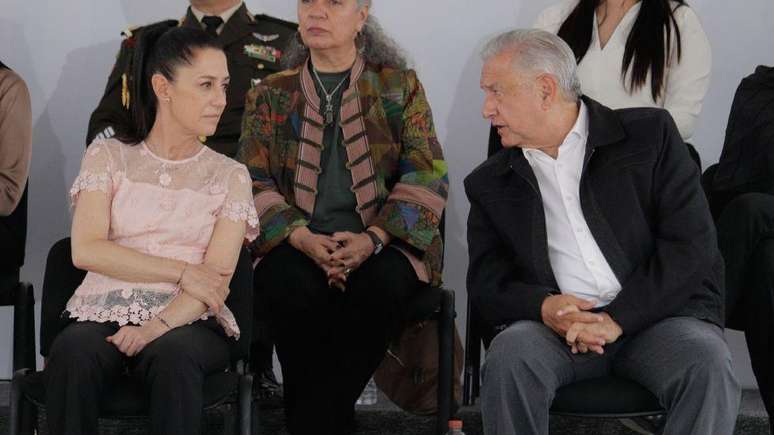
The “own brand”
It is a reflection common to many Morena leaders today: since the political victory was achieved with AMLO at the helm, with Sheinbaum in power, they now seek a technical victory that consolidates the 4T (Fourth Transformation).
“Claudia knows, and it is very clear, and she has said it, that AMLO may be the symbolic leader, the founder of the movement, but she is the one who will govern,” Alarcón says.
In this sense, Sheinbaum’s hallmark will probably be technical and political: attachment to science, on the one hand, and concertation rather than confrontation, on the other.
“The best thing about Claudia is that she’s not AMLO and the worst thing about Claudia is that she’s not AMLO,” political analyst Jorge Zepeda Patterson told BBC Mundo, the BBC’s Spanish-language service.
According to the expert, she has the problem of not being AMLO in terms of charisma: “All the powers that have remained stable during this six-year mandate (governors, businessmen and military) are now in doubt.”
Alarcón, Sheinbaum’s friend and advisor for decades, believes she will have no trouble securing her brand.
“It will be her. She is a very skilled politician. Look at the internal process of electing a candidate. Everyone was against her. Thousands of factions emerged. And she managed to keep the movement, which is very heterogeneous, cohesive at a very high level. high. delicate moment”.
The counselor sees two qualities, two tools: “Her ego doesn’t get in the way and her strength lies in her relationship with people, because she is empathetic, close, looks you in the eye and asks questions carefully.”
Source: Terra
Rose James is a Gossipify movie and series reviewer known for her in-depth analysis and unique perspective on the latest releases. With a background in film studies, she provides engaging and informative reviews, and keeps readers up to date with industry trends and emerging talents.

